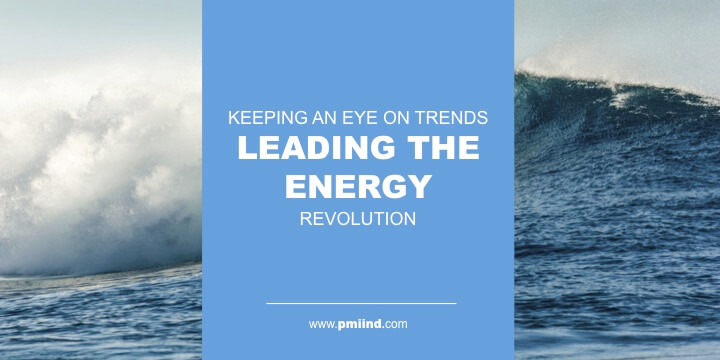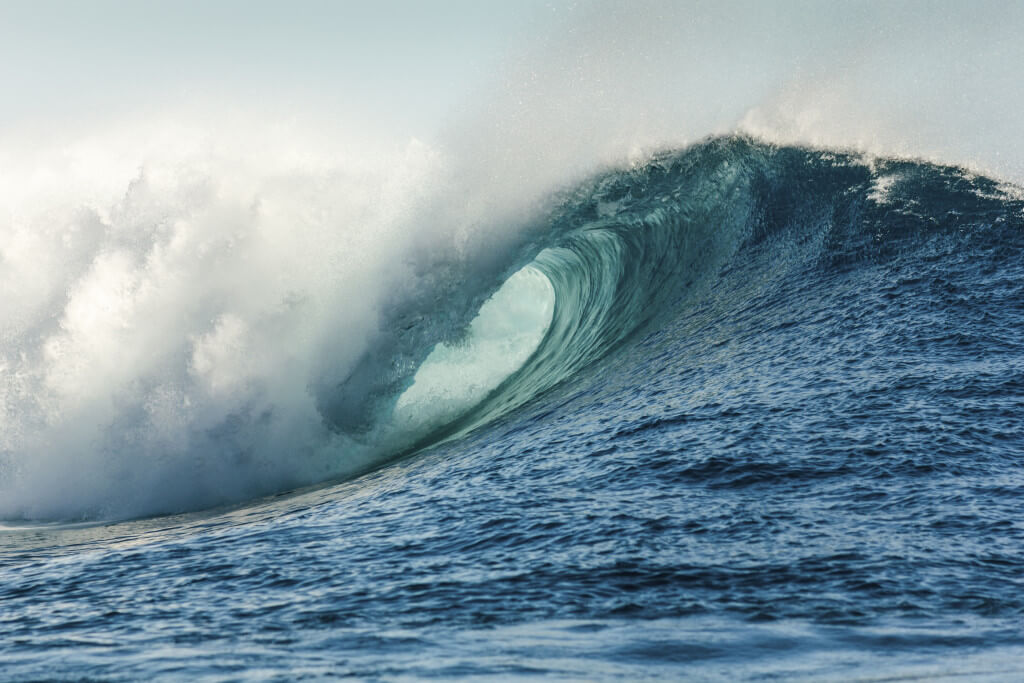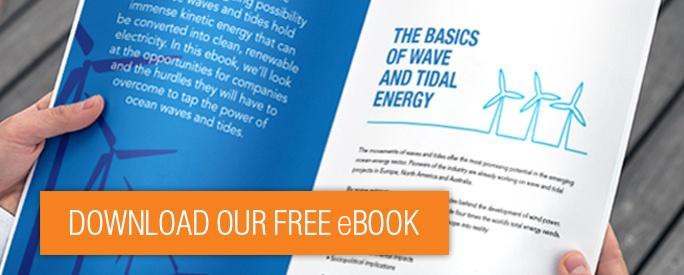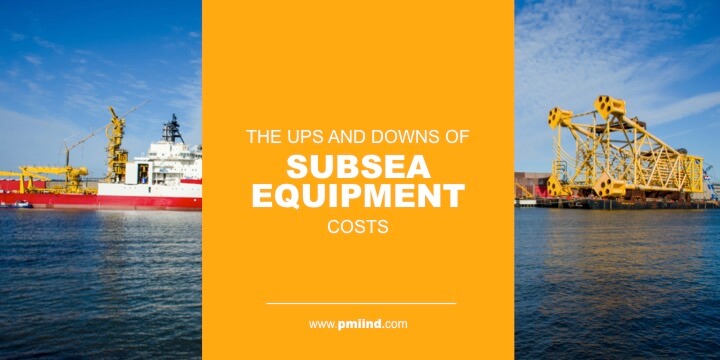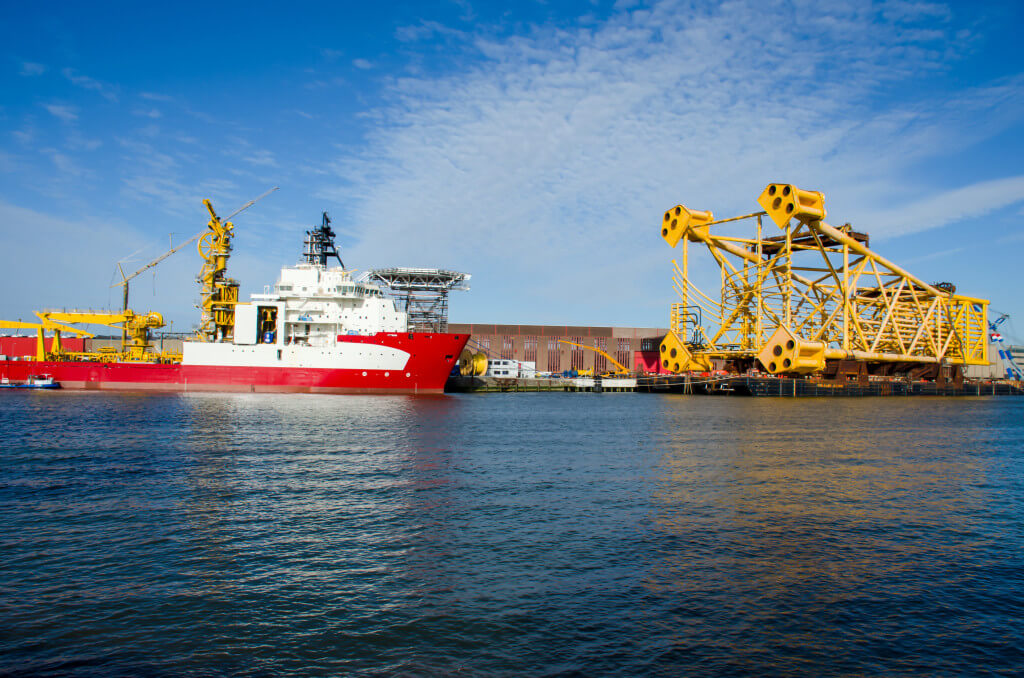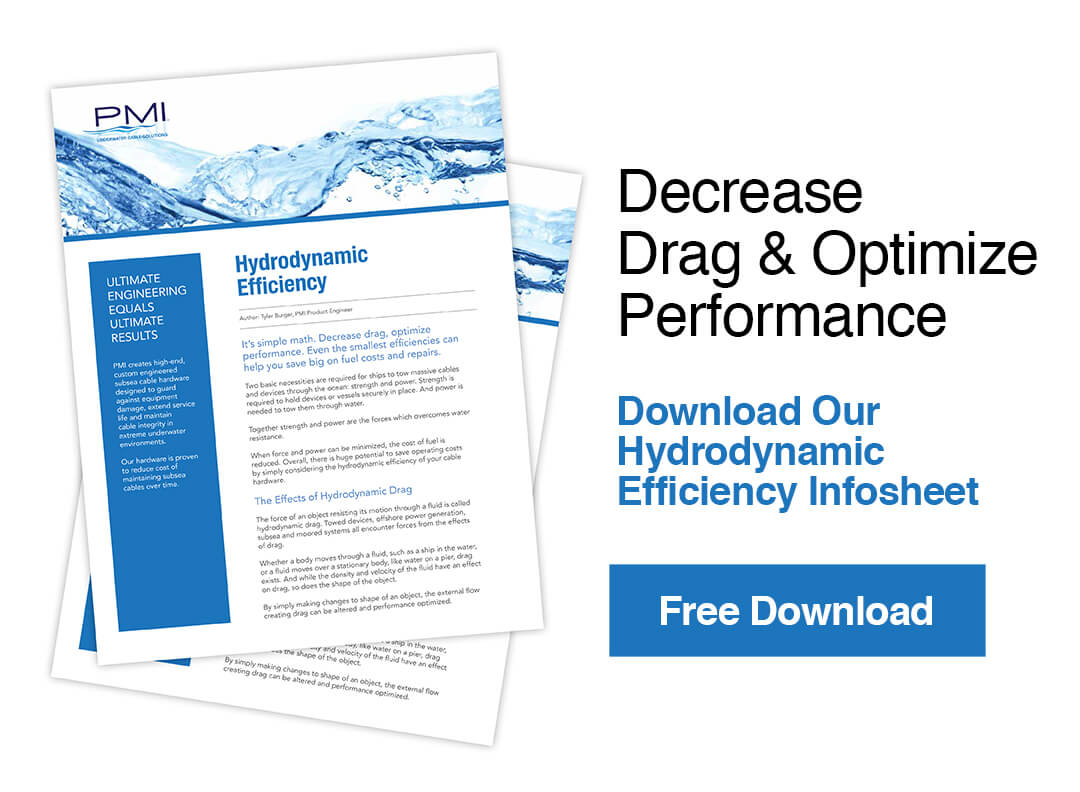There’s no shortage of bad news these days, but looking at the trends in renewable energy, there’s plenty of hope. Last year, the world broke a record for new wind installations, installing nearly three wind turbines each hour. At that rate the need for proven subsea equipment will certainly increase as well. At PMI, we are focused on this market, the trends that will lead the energy revolution and helping these customers realize a significant return on investment.
Wind energy is surging back to stronger levels of investment is just one of the trends. Read about all them here.
Subsea equipment (umbilicals, risers, flowlines) and pipelines are generally one third of all expenditure of a total project. Equipment purchases add up quickly and in order to save costs, companies will be looking for hardware with proven results – hardware that increases efficiency and quickly realizes a significant return on investment.
Statoil CEO Eldar Sætre recently stated that over the last ten years, the cost of subsea developments has increased by 250 percent. According to analysts Douglas-Westwood, subsea spending will continue to rise, and there are projects and locations to watch out for. Read more…

